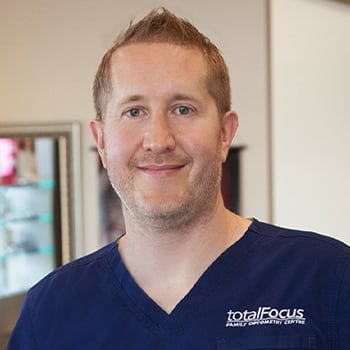Technology has evolved to an extent where people with minor or major refractive errors can benefit from hi-tech correction methods. There is a long list of vision problems that can be easily corrected through treatment. These problems include presbyopia, farsightedness, nearsightedness, and astigmatism, etc.
Patients who need specialized correction methods can also improve their visual performance, thanks to a multitude of choices available. Your eye doctor will conduct a few tests and exams to know which method will suit you best.
Here are the most common options to fix temporary and permanent vision problems.
Glasses
Spectacle lens technology guarantees superior vision quality and designs that let patients choose frames of any size or shape. Thanks to thin lens technology, patients who need to wear high prescription powers can also wear attractive and thin glasses.
Contact Lenses
Multifocal contacts and astigmatic contacts have changed the way we previously viewed contact lenses. There is a tremendous growth in the use of disposable contacts, which makes it easier for everyone to try out contact lenses to know whether they will be comfortable wearing contacts in the long run.
Refractive Surgery
Refractive surgery is becoming popular as a safe and effective treatment method to correct vision disorders. The best way to get the most out of your refractive surgery is to get the procedure done by a skilled and an experienced surgeon.
Although patients may still need to wear lenses or glasses to improve their vision after a refractive surgery, the treatment method remains one of the safest options.
LASIK
People who want to eliminate the need to wear glasses and contacts turn to LASIK. The surgery is best for treating astigmatism, farsightedness and nearsightedness. In this process, lasers are utilized to modify the shape of the cornea to correct refractive errors that cause blurred vision. However, not everyone can get the surgery since it is not recommended for patients with thin corneas.
PRK
Photorefractive Keratectomy is ideal for patients who suffer from astigmatism, nearsightedness and farsightedness. The results are similar to LASIK, but the recovery period is usually longer.
Implantable Collamer Lens
The method works best for patients who are between 21 to 45 years of age and suffer from nearsightedness. The surgeon inserts the lens through a tiny opening in the cornea and places it in front of the natural lens, behind the iris.
Patients can’t feel the lens and don’t have to take any extra care. This is one of the most popular methods in the U.S. to correct vision problems permanently.
Final Thoughts
Each method has its own pros and cons. You need to get in touch with an expert eye doctor who can carefully assess your vision disorder and recommend the best and suitable method of treatment. It is better to get to know about every treatment option to know whether it will suit your vision needs and lifestyle. Once you’ve had a surgery, always remember to tell this to your eye doctor every time you get a vision test or check up.




